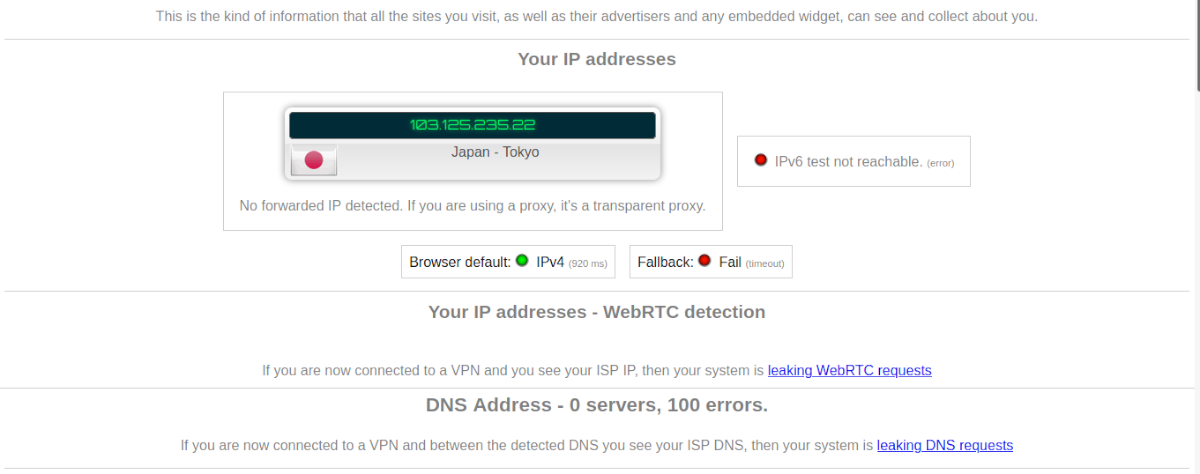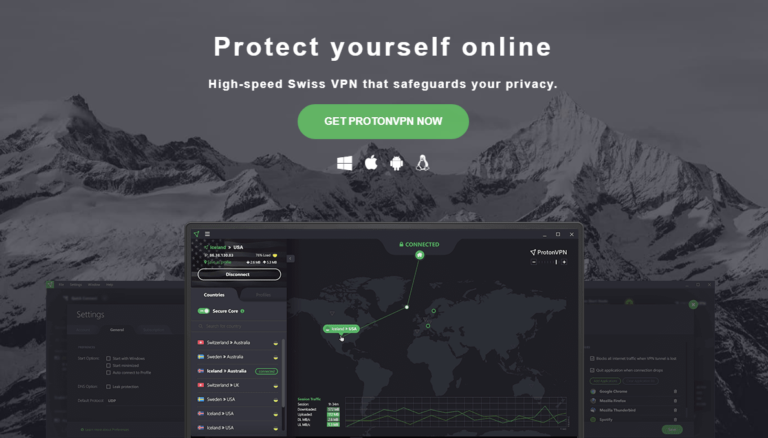

#Protonvpn ubuntu plus#
NetShield is available for VPN Plus and Proton Unlimited users. Our apps use DNS filtering to prevent your browser from loading websites that host malware, and to block ads and online trackers. Swiss law does not require us to keep logs of users' internet activity, allowing us to maintain a strict no-logs policy and protect our users' privacy.
#Protonvpn ubuntu free#
Proton VPN is headquartered in Switzerland, which is home to some of the world's strongest data privacy laws and free from American and European surveillance agreements. Based in Switzerland with a no-logs policy
#Protonvpn ubuntu how to#
How to install Proton (Steam Play) on Linux Were going to be using Ubuntu as the distribution for installing Steam as it. These features ensure that Proton VPN keeps your data safe even if your connection is interrupted. To get Steam running on Ubuntu with Proton is an incredibly easy process. Always-on VPN automatically re-establishes a connection to our servers. Our Kill Switch disables your internet connection if the VPN disconnects. Secure Core servers are under our direct control and are located in privacy-friendly jurisdictions. I searched for ProtonVPN and I can see the icon for. The output from sudo apt-get all looked promising. I've followed the instructions as detailed at the following link. I've installed the ProtonVPN app but am not able to actually run said app. Thank you again for trying to help.For additional security, you can route your connection through one of our Secure Core servers before connecting to another Proton VPN server in any country. I'm running Ubuntu 20.05 and I am attempting to install ProtonVPN. I've just wasted days on this and I'm nowhere closer. After this experience, it really shocks me they are popular at all.Īnyway, sorry for the rant.

The GNOME desktop, with its left side dock, is surprisingly intuitive, even if it’s hardly conventional and not necessarily easy to fine-tune. It needs just 4GB of memory and a 25GB hard drive (Take that, Windows 10). Nope! You have to get a special power supply just to use them. Ubuntu will install quickly and easily on almost any modern hardware, often in as little as 5 or 10 minutes. Just getting them to boot up can be difficult unless you have a 5.1v 2.0 amp power supply! A 5.1v 2.0 amp power supply? Really? They just couldn't make it take a standard high-amp USB. People say these Raspberry Pi's are fun and easy, but I have had nothing but frustration and continuous disappointment trying to get them to work. It either doesn't work when you are all done, or half way through it, you get errors or different results than that of the tutorial.

Every single one of the is written as if the people following know what they are talking about. Of the 2 or 3 DOZEN attempts at this using different so-called tutorials, I still can't set up a VPN.

If it did install, how do I choose which route I want to use or is there even a choice? Is there a user interface or is this strictly Command Line only? Where are the instructions on how to use it? I don't see anything to indicate anything was installed on the machine. I don't see any VPN listed with the browser when I look at the Internet pop-out. I believe everything downloaded and installed, but I still have no idea what it did. It may be best to start with a clean image - who knows what is left behind I've not tried this on Bullseye.


 0 kommentar(er)
0 kommentar(er)
